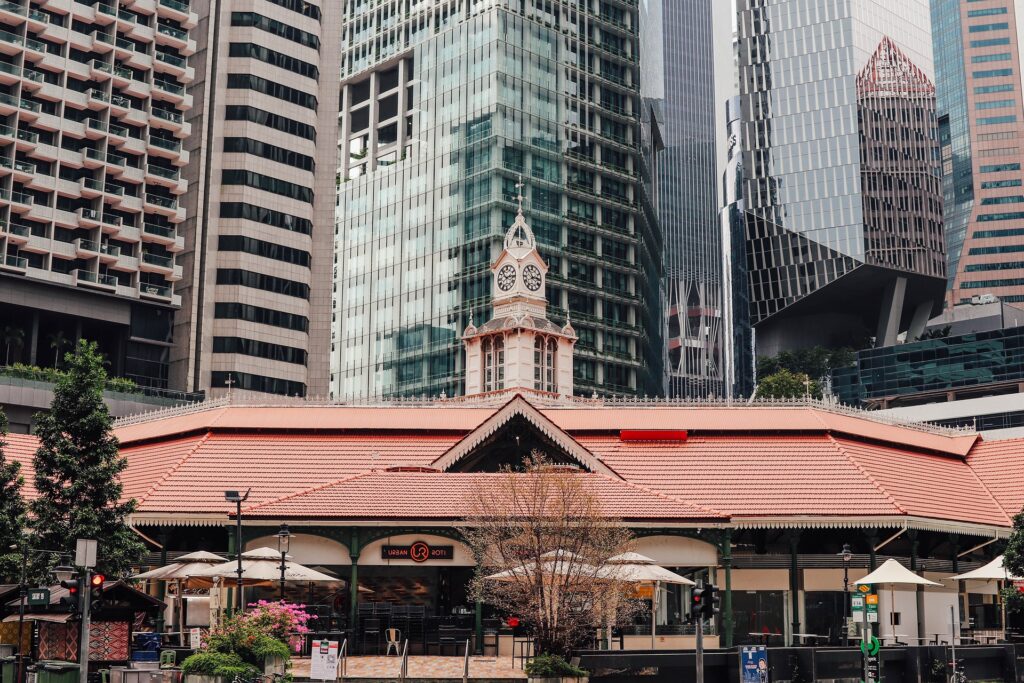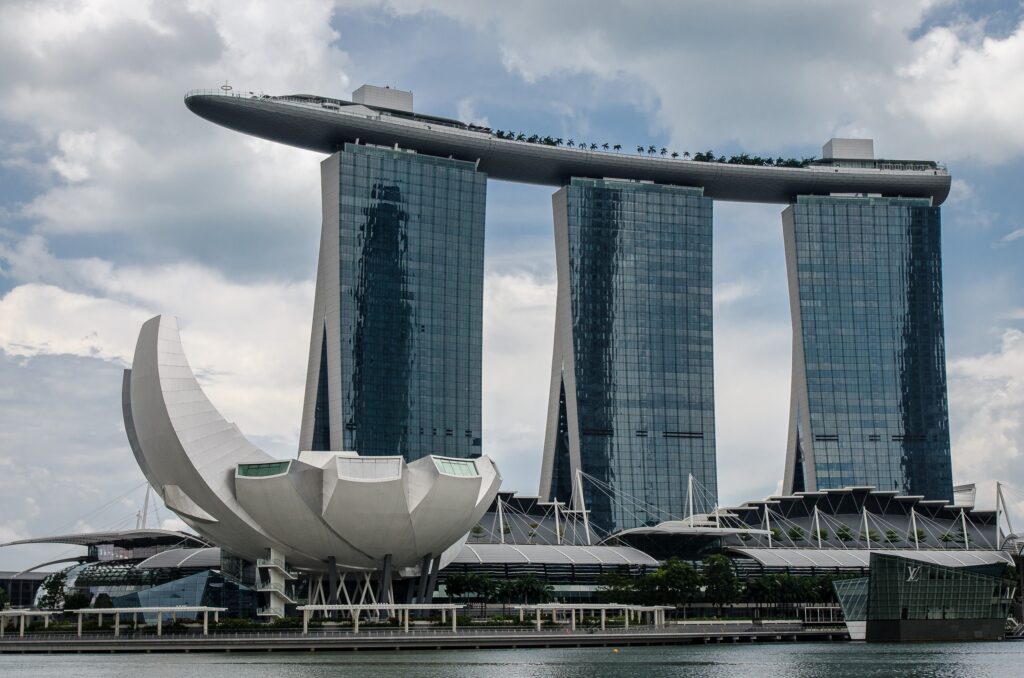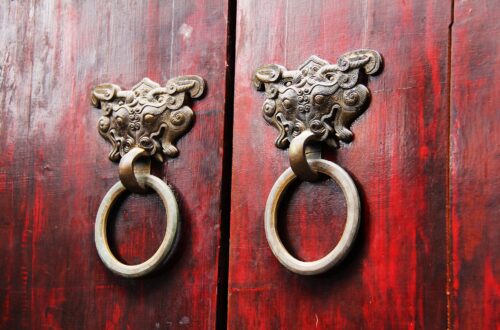
5. Singapore! 1938.11-1939.6
After the establishment of the Hong Kong branch of the Southwest Transportation General Office, the business of the Hong Kong Office of the Ordnance Industry Department transferred to the Southwest Transportation General Office. I also went to the Transport Division of the Hong Kong branch to do the material report record under the leadership of deputy section chief Zhao Tingzhen. In October 1938, the Japanese invaders captured Guangzhou, and the transportation between Hong Kong and Guangzhou was interrupted. At that time, the Burma Highway was completed and opened to traffic. Arms and equipment, as well as public and private goods, are transferred into China via Myanmar. Zhaokai, Zhiguo, Qinan, Chengfu and I were sent to work in the Singapore branch. We went to Singapore on the Italian cruise ship VITORIA in mid-November. In the evening, the cruise ship set off and went to Manila first. Unexpectedly facing a big storm, we were all vomiting and could not even drink any water. I was relatively light. We arrived the next morning and were not allowed to go ashore, so I had to take a look at Manila from the deck. We departed in the afternoon and arrived in Singapore on the fourth day. The rest of the journey was calm and sunny, so I felt very comfortable.

The Singapore Branch of the Southwest Transport Department was headed by Chen Zhiping (seeing the newspaper on March 7, 1980, he has passed away, in the year 80) as the director, Zhang Yuanlun as the secretary, Zhao Tingzhen and Fang Zhaokai as the section chief and deputy section chief of the business section, and China National Bank’s Xia Rixiao served as the section chief of the General Affairs Section, and Mai Gunhua served as the section chief of the Accounting Section. Zhiguo, Qinan, and I were sent to the business section and Chengfu was in the accounting section. At that time, only seven new ships were unloaded, and the transshipment to Yangon was completed after four or five months, but did not continue to arrive, so we had nothing to do. Another important task of the new office was that Chen Zhiping contacted overseas Chinese to recruit several batches of tens of thousands of overseas Chinese drivers to return to China to participate in the transport on the Burma Highway.
Around March or April of 1939, Chen Zhiping and Chen Qingwen, director of the Yangon branch, exchanged positions. Chen brought Yuanlun, Zhiguo and Fu Hexuan to take over the Yangon branch. Chen Qingwen soon brought a secretary Xiao and Meng Zhaochang to Singapore.
Colleagues from the Singapore branch, the first on the left is me.

During my stay in Singapore, I accompanied Yuan Lun and his wife on a visit to Sizan’s rubber plantation in Johor, and met Sizan’s uncle, family and cousins. Sizan has already gone to Singapore. I don’t know if he is Singaporean or Malaysian now.
Gao Xupei (I could’t remember whether he went to Germany or returned from Germany) took a cruise ship through Singapore and had time to stay. Zhaokai, Zhiguo, Chengfu and I invited him to dinner at the Zhaokai dormitory and stayed overnight before boarding the ship. It was very regrettable to hear that he died in a car accident not long ago.
Our dormitory moved to the vicinity of Tiger and Leopard Villa for the second time. There was a small green football field in the not far valley. It happened that Fu Hexuan, the famous soccer player of Shanghai Jinan University, was living with our colleagues. He was Chen Zhiping’s Hainanese fellow. Zhiguo and I immediately bought a pair of soccer shoes to practice with Fu Hexuan on the stadium, but before long, both Fu Hexuan and Zhiguo transferred to Yangon at the same time.

Zhaokai liked to play bridge very much. He was not used to living in the section chief’s dormitory. Later, he moved to our dormitory and played bridge every night. I have only learned to play bridge since then, but I was not good at it. Qi Nan was serious in his work, he was also very serious in playing cards, and Zhiguo was similar to mine. At that time, the population of Singapore was only more than 400,000. The dormitories we lived in were far from the downtown area. It was not convenient to watch movies. There was no entertainment at night, only playing bridge.
There were two places I admire most in Singapore. One was Lau Pa Sat, which was a comprehensive small food stall, and liked the snacks of Shanghai Chenghuang Temple, not far from our office. Meals were also okay. The dishes were small dishes. You can choose several dishes, with less quantity and more variety, and the price was quite cheap. Therefore, the staff from all walks of life nearby ate lunch there. I loved to eat braised pork. So I went there once a week.

Image by Sharon Ang from Pixabay
Because more than 80% of Singaporeans were overseas Chinese at that time, the majority of patrons of Lau Pa Sat were all compatriots. There were also Indians and Malays, but not many Westerners. Now I think about decades of changes, science and technology are advancing by leaps and bounds, and Singapore’s economy is developed. At that time, the old market was close to the port, and the precious land might no longer exist. (Note: Lau Pa Sat is still there today. Lau Pa Sat, built 1 March 1894; also known as Telok Ayer Market,18 Raffles Quay, Singapore 048582, opens daily)

The other is the Singapore Botanic Gardens, which is large in area, beautifully designed and built, and well managed. There were almost all kinds of tropical trees and plants. They were located on the equator and are luxuriant all year round. The gardens are full of exotic flowers and plants. Walking into the park made people cool and refreshing. The monkeys in the woods hopped around, ran up and down the road, begging for tourists, which was very interesting. It’s really a good place for vacation, I think it has improved a lot since the past.


On holidays, sometimes our colleagues would visit Zhao Tingzhen’s friend’s house together. At the beach, we could play tennis and swim. We took photos. Zhaokai still keeps one. He reprinted it and sent it to me last year. I sent it to Zhiguo, Qinan. All of us were on the photo that time, very precious.
In Singapore, I went to see the tennis performances of German tennis players Clark and Hengel passing by Singapore. He was one of the world’s top tennis stars at the time, but Clark was unlucky and ultimately failed to win Wimbledon.
In May 1939, I received an office letter from the Yangon branch office in Myanmar to transfer me to work in the Yangon branch office.




You May Also Like

15. 闊別了八年的上海,終於又回來了(繁体)
2022-12-08
6. 从新加坡到缅甸仰光
2022-12-01
